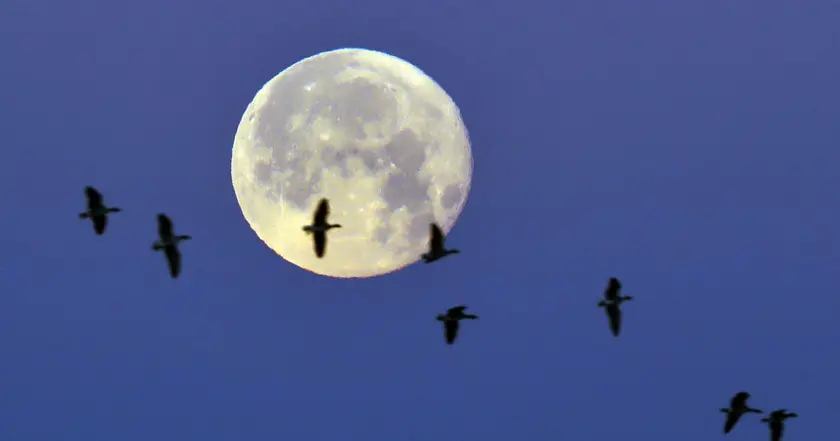T4K3.news
Sturgeon Moon 2025 visible this weekend
The last full Moon of summer 2025 rises this weekend, offering a clear sight for city and country skywatchers alike.
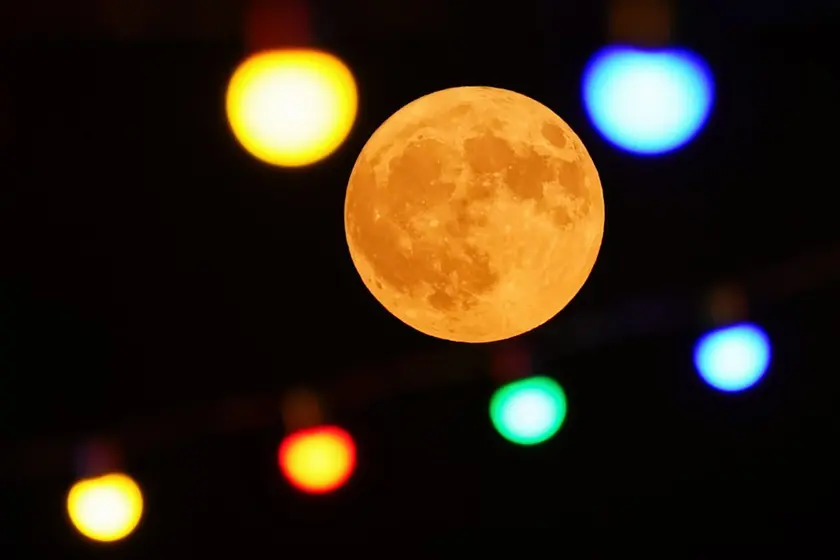
An editorial look at the Sturgeon Moon 2025 this weekend and why it appeals to skywatchers, families, and casual observers.
Sturgeon Moon 2025 brightens skies this weekend
The Sturgeon Moon 2025 is the last full Moon of summer 2025. It rises in the southeast between 8 and 9 pm on Saturday and Sunday, with the Moon moving toward due south around midnight. Named after the time when sturgeon were plentiful in the Great Lakes, the Moon remains visible to the naked eye even from towns with some light pollution. It offers a simple way for beginners to enjoy a night sky without any equipment and provides a moment to observe the changing seasons and the early autumn constellations.
Key Takeaways
"A naked eye view turns a city sky into a shared stage"
Used to illustrate accessibility for city dwellers
"The Moon illusion reminds us distance is never simple"
Comment on perceptual effect
"Beginner stargazers can learn more in one night than in a classroom"
Highlight potential learning impact
"Let the Moon guide us to pause and look up"
Editorial closing line
In an age of screens, a weekend Moon rise can feel like a small but meaningful act of public science literacy. Moon nicknames connect people to natural cycles and local history, turning a night sky into a shared cultural moment. The event also invites urban dwellers to a practical, low effort pastime that can become a family tradition.
As the Moon wanes, observers gain a clearer view of other planets and stars, turning a bright full Moon into a guide for broader skywatching. This pattern — a strong centerpiece followed by easier astronomical viewing — mirrors how many people reconnect with science: start with something accessible, then explore what lies beyond it.
Highlights
- A naked eye view turns a city sky into a shared stage
- The Moon illusion reminds us distance is never simple
- Beginner stargazers can learn more in one night than in a classroom
- Let the Moon guide us to pause and look up
Clear skies invite a quiet moment to look up.
Enjoyed this? Let your friends know!
Related News
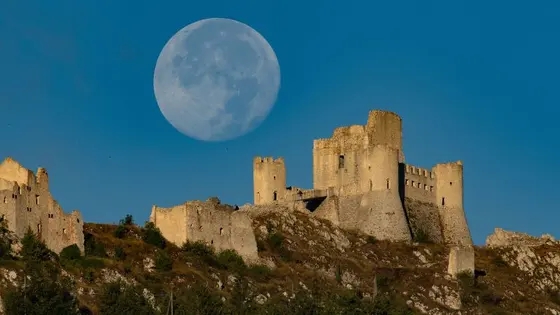
August full sturgeon moon peaks this weekend

Perseids peak shadowed by full Moon

August Sturgeon Moon display

Sturgeon Moon and Perseids visible together in UK
New MoonSwatch features iconic characters
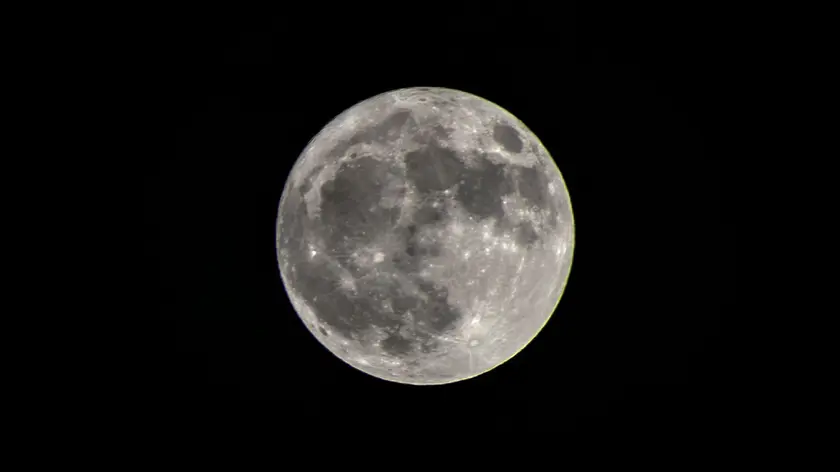
Full Moon Observation
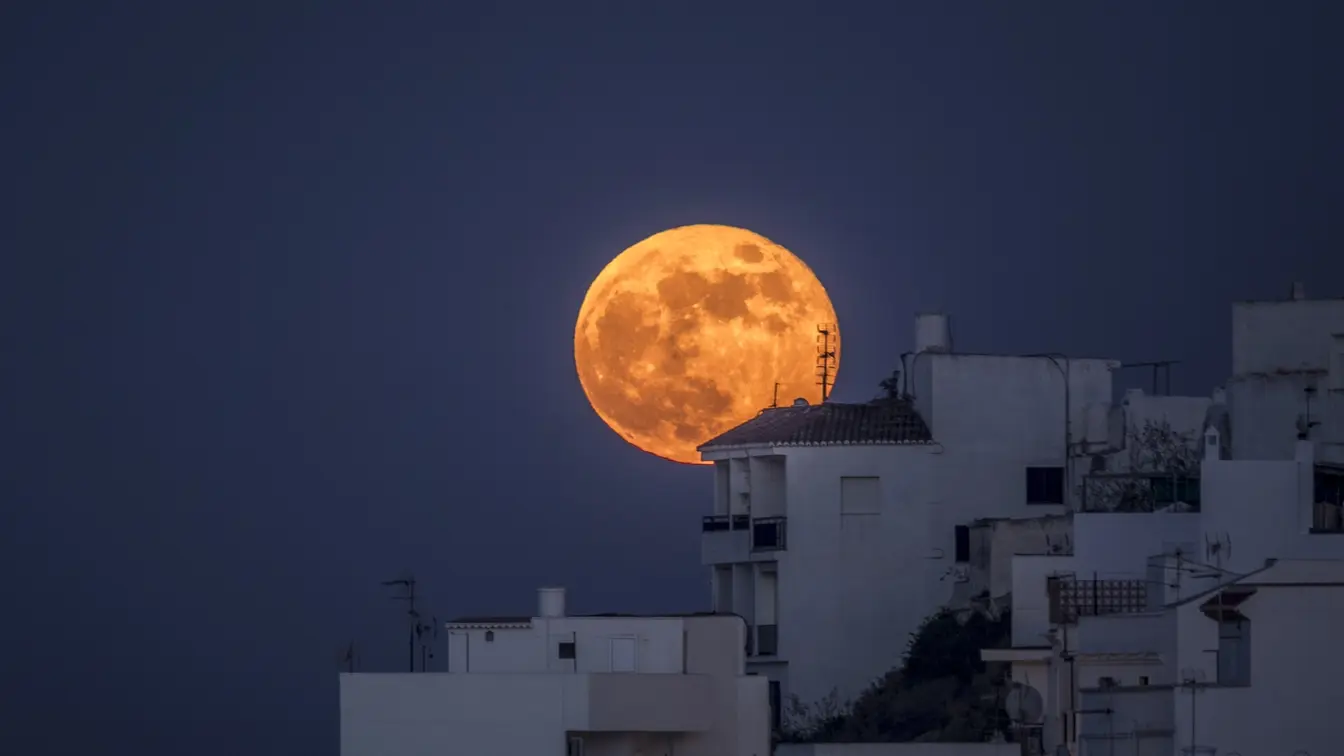
Sturgeon Moon to rise twice in August

Sturgeon Moon Shines Over Dorset
